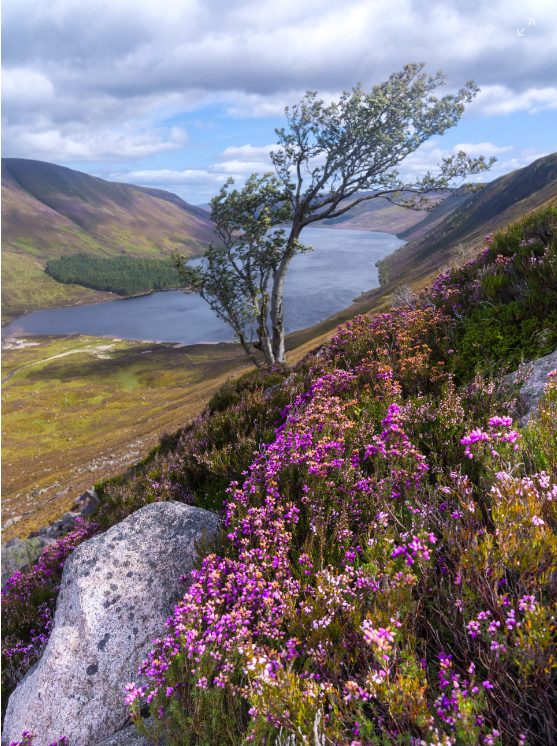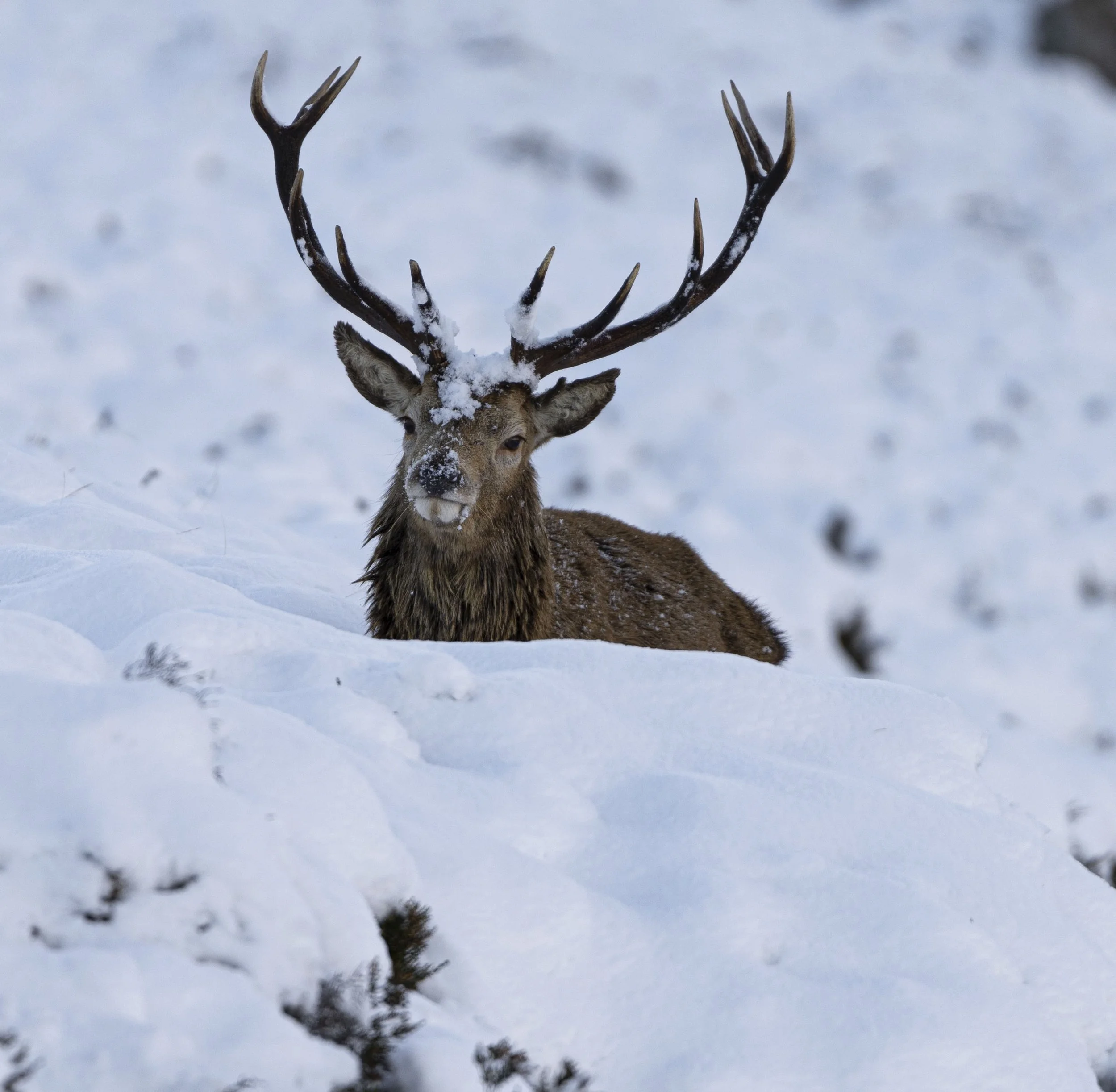Photography Tuition and Bespoke Guided tours of Royal Deeside and the Cairngorms:
Royal Deeside & The Cairngorms
There’s a rhythm in these hills, a quiet wisdom in the rivers and glens.
Here, in the heart of Royal Deeside and the Cairngorms, time slows, light softens, and the land speaks in ways words cannot.
Photography is not about cameras, buttons, or perfect skies.
It’s about seeing, truly seeing what’s before you, and what’s within you.
Out here in the Cairngorms and Royal Deeside, light moves like breath, and the land asks you to slow down and notice.
I teach photography as an act of awareness, how to feel the shift of light on the hills, how to read the stillness of a loch, how to wait for the right moment without chasing it.
Join me for a journey through this landscape, part exploration, part reflection, and part art. Whether you come to walk, to see, or to learn the craft of photography, each tour is personal, unhurried, and shaped by the day itself.
Bespoke Guided Tours
Wander the glens, trace the winding Dee, and stand where light meets land.
From the quiet waters of Loch Muick to the wild ridges above Braemar and throughout Aberdeenshire, every tour is tailored to you, your pace, your interests, your sense of wonder.
I offer private tours for individuals, couples, and small groups.
Pick-up and drop-off can be arranged from local accommodation, including towns and villages in Aberdeenshire.
Each journey can include:
Scenic landscapes and hidden spots
Castles, folklore, and Highland history
Wildlife and nature watching
Walks tailored to your ability and energy
No two tours are ever the same, the landscape decides.
Photography Tuition
Whether you’re a beginner or a seasoned photographer, our time together will be less about technical talk and more about connection, to light, to place, and to your own creative voice.
You’ll learn to:
Understand natural light and how it speaks to mood
Compose with intuition, not just rules
Use your camera simply and effectively
Slow down, breathe, and notice the world differently
We’ll wander quiet paths and let the land guide us, sometimes pausing for a single photograph that matters more than a hundred hurried shots.
Available as:
Half Day Tuition (3–4 hours)
Full Day Tuition (6–8 hours)
Golden Hour Sessions (sunrise or sunset)
Combine tuition with a full tour for the ultimate Highland experience.
More Than a Lesson
This isn’t a course in photography.
It’s an invitation to see differently, to stand in the quiet, to notice the colour of air before rain, to feel the hush before dawn.
Once you learn to see like that, the camera simply follows.
About me
My photography is about turning off the outside stimulus and stepping into a state that some might call a form of meditation, where i don’t think, i just feel what i see and try to show you what i feel at that moment.
My style of Landscape photography does not involve much planning and I watch the sky, and because I know the area so well, I can decide there and then where to head depending on the light.
I offer personal Landscape tuition or can accommodate groups, to teach people, the little they actually need to know about their cameras and concentrate more on helping you discover how to begin to see in a different way.
A key facet of my work is about trying to simplify and slow down this fast-paced, chaotic mess we live in and help you find this inner peace quicker than i did.
There are many photographers that can teach you photography, but my style is about understanding how to capture an image with your heart. I will teach you only the basics of your camera and concentrate more on how to see a shot.
Booking & Contact
All tours and tuition are bespoke and tailored to each guest.
To book or enquire, please get in touch to discuss what kind of experience you’d like — from quiet glen walks to full-day adventures with photography guidance.
📍 Based in Ballater, Royal Deeside
🚙 Pick-up and drop-off available
📷 Group sizes: 1–4 guests
📧 martinbennie@hotmail.com
📞 07392847569
Walks through spectacular scenery
Wildlife
Castle tours
Hidden Pyramids




